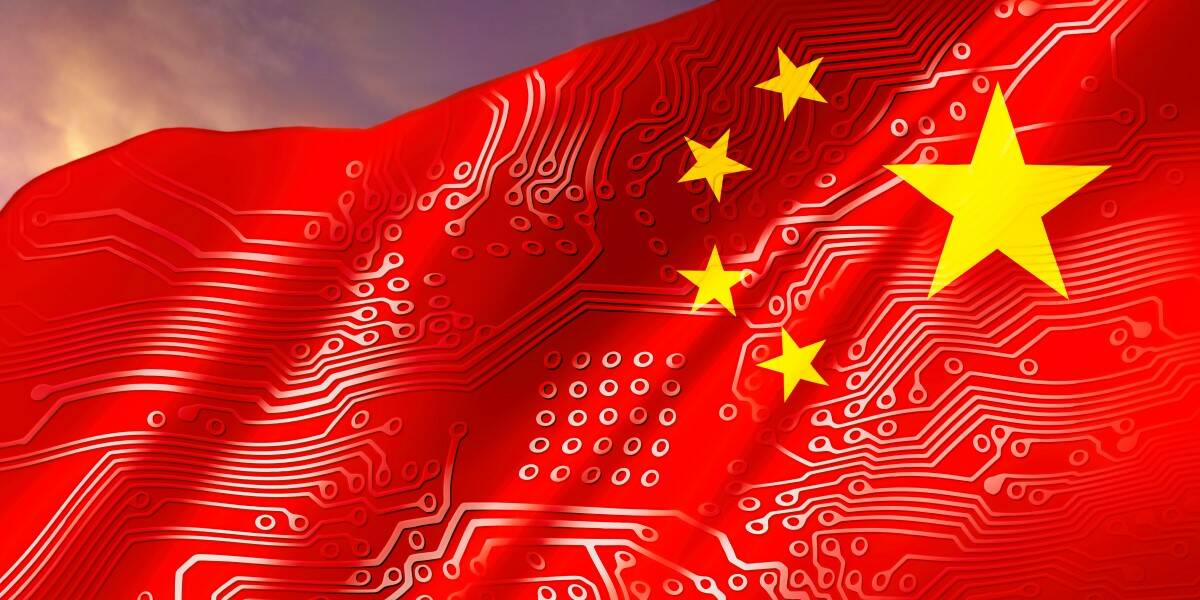
China's semiconductor industry is speeding up in response to US export controls, according to research by a specialist in intellectual property. According to IP firm Mathys & Squire, semiconductor patent applications worldwide spiked by 22 percent, jumping from 66,416 in 2022-23 to 80,892 in 2023-24. Leading the charge is China, whose filings surged by 42 percent from 32,840 to 46,591, outstripping every other region.
Why the rush? In short, Washington's export controls. With restrictions cutting China off from the world's most advanced semiconductors and concerns of further tightening on the horizon, China's domestic chip sector is on a mission. Beijing has made it clear – the tech sector must innovate to avoid getting caught in the semiconductor dependency trap.
Semiconductors have been pushed to the top of the tech priority list, and the results are showing up in the patent numbers. "The US-China semiconductor rivalry is heating up," said Dr Edd Cavanna, partner at Mathys & Squire. "Export restrictions are pushing China to invest more in homegrown semiconductor R&D, and this is now reflected in their patent filings.
" China appears to be in a hurry to innovate its way around US sanctions and ensure its semiconductor sector isn't left trailing in the dust. China is still very much playing catchup, with local designs trailing the bleeding edge by several years. Chinese chip designer Loongson last week teased products it claimed will deliver the same performance as AMD and Intel products from five years ago.
Its chairman, Hu Weiwu, reportedly told senior government figures that it had an upcoming 3B6600 desktop processor in the works that "can reach the performance of the x86 processor under the 7nm process." And a teardown of Huawei's Pura 70 smartphone by an IC research firm earlier this year revealed the Chinese tech giant is relying on Semiconductor Manufacturing International Corp's HiSilicon Kirin 9010 processor, likely because US sanctions mean the Chinese company can't buy from other sources. But it's not just China making moves.
The US semiconductor industry, propped up by the Inflation Reduction Act, saw its own patent filings rise by 9 percent, reaching 21,269 in 2023-24. With US policies pouring cash into domestic chip production – TSMC's Arizona plant being one high-profile example – the US is keen to keep its supply chain fortified while ramping up its R&D efforts. It's not clear whether the current patent push will result in feature parity or processor independence for China in the next several years.
Both the US and China are seeking to bring fabrication of sub-10nm nodes to their own turf, and the US Semiconductor Industry Association (SIA) predicted in a report out earlier this year that the US would be a bigger winner by far. SIA predicted that by 2032, the US would produce 28 percent of the world's advanced processors, compared to just 2 percent from China. China's patent surge isn't solely driven by geopolitics.
The rise of AI, and particularly the explosion of generative AI, has sparked a push to innovate in semiconductor design. AI accelerators and high-performance chips are hot commodities, and chipmakers everywhere are scrambling to file patents for the next big thing in AI hardware. So while global semiconductor patents are on the rise, China's 42 percent leap is an indication that it's gunning for self-sufficiency.
But as the US shores up its own chipmaking prowess, the race is on – and it's only set to intensify if current trends are anything to go by. ®.














